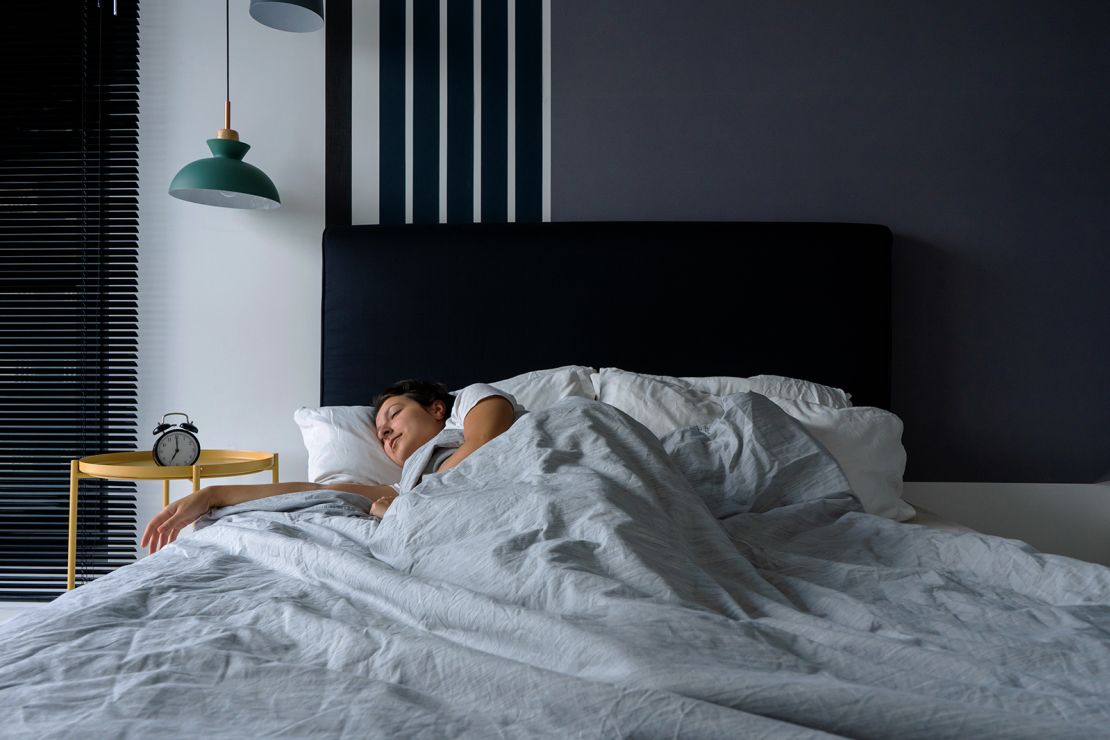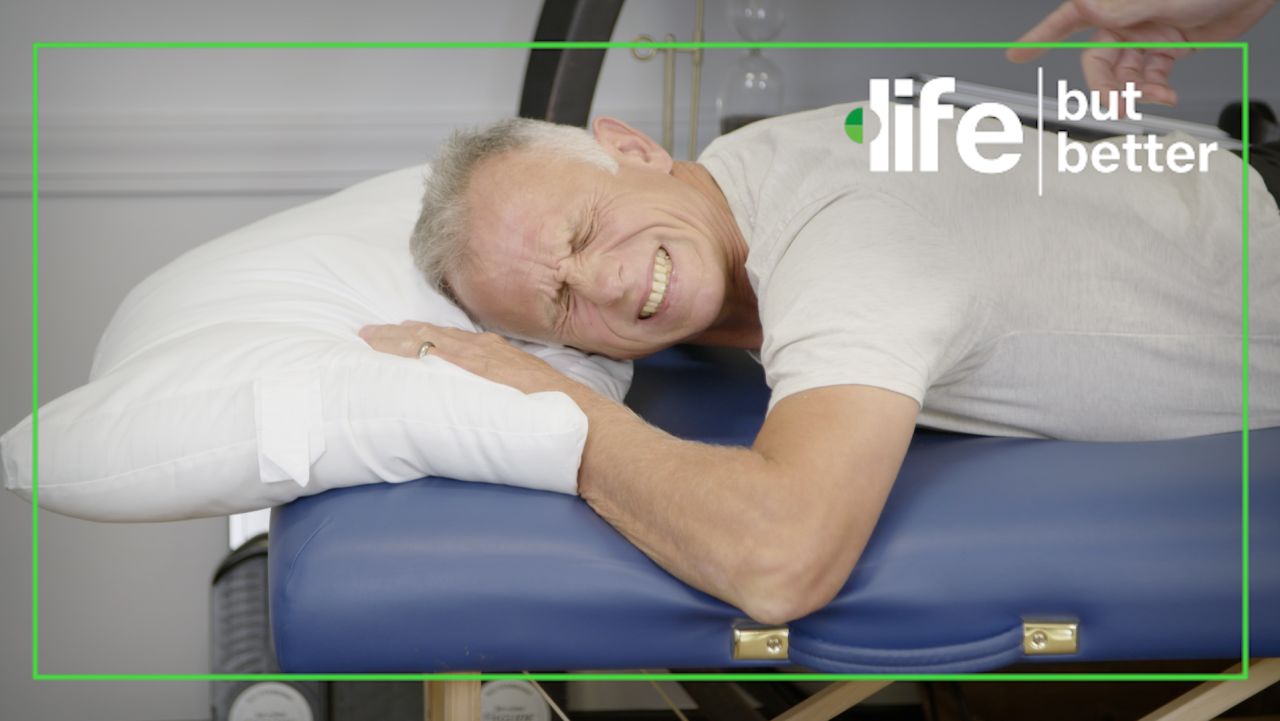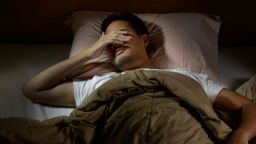Editor’s Note: Sleep Awareness Week is March 13-19, and CNN’s Life, But Better Sleep section will have daily tips and facts you need to get a better night’s slumber. Join us!
Sleeping for only one night with a dim light, such as a TV set with the sound off, raised the blood sugar and heart rate of healthy young people participating in a sleep lab experiment, a new study found.
The dim light entered the eyelids and disrupted sleep despite the fact that participants slept with their eyes closed, said study author Dr. Phyllis Zee, director of the Center for Circadian and Sleep Medicine at Northwestern University Feinberg School of Medicine.
Heart rate typically drops at night, slowing down as the the brain is busy repairing and rejuvenating the body. An elevated heart rate at night has been shown in numerous studies to be a risk factor for future heart disease and earlydeath.
High blood sugar levels are a sign of insulin resistance, where the body stops using glucose properly and the pancreas goes into overdrive, flooding the body with extra insulin to overcompensate until it eventually loses its ability to do so. Over time, insulin resistance can ultimately lead to Type 2 diabetes.

Sleeping with eyes closed
Prior research has shown an association between artificial light at night and weight gain and obesity, disruptions in metabolic function, insulin secretion and the development of diabetes, and cardiovascular risk factors.
“Why would sleeping with your lights on affect your metabolism? Could that explain why there is a higher prevalence of diabetes or obesity (in society)?” Zee asked.
Zee and her team took 20 healthy people in their 20s and had them spend two nights in a sleep lab. The first night was spent in a darkened room where “you wouldn’t be able to see much, if anything, when your eyes were open,” Zee said.
All of the study participants were connected to devices monitoring a number of objective measures of sleep quality. So data could be gathered with minimal interference, they slept with an IV with long tubes that snake across the room and through a hole to the researcher’s side of the lab. The blood was drawn without ever touching the slumbering participants
“We recorded the brainwaves and could tell what sleep stage the person was in,” Zee said. “We recorded their breathing, their heart rate, their EKG, and we also drew blood from them to measure melatonin levels while they were sleeping.” Melatonin is a hormone that regulates the body’s circadian rhythm, or sleep and wake body clock.
A randomized portion of the group repeated that same light level for a second night in the lab, while another group slept with a dim overhead light with a glow roughly equivalent to “a very, very dark, cloudy day or street lights coming in through a window,” Zee said.
“Now these people were asleep with their eyelids closed,” she explained. “In the literature the estimation is that about 5% to 10% of the light in the environment would actually get through the closed lid to the eye, so this is really not a lot of light.”
Yet even that tiny amount of light created a deficit of slow wave and rapid eye movement sleep, the stages of slumber in which most cellular renewal occurs, Zee said.
In addition, heart rate was higher, insulin resistance rose, and the sympathetic (fight or flight) and parasympathetic (rest and relax) nervous systems were unbalanced, which has been linked to higher blood pressure in healthy people.
The light was not bright enough, however, to lower levels of melatonin in the body, Zee added. The study was published Monday in the journal of the Proceedings of the National Academy of Sciences.
What to do?
What advice would Zee give people based on her study and existing research in the field? Close your blinds and curtains, turn off all the lights, and consider using a sleep mask.
“I think the strength of the evidence is that you should clearly pay attention to the light in your bedroom,” she said. “Make sure that you start dimming your lights at least an hour or two before you go to bed to prepare your environment for sleep.”
Check your bedroom for sources of light that are not necessary, she added. If a night light is needed, keep it dim and at floor level, “so that it’s more reflected rather than right next to your eye or bed level,” she suggested.
Also be aware of the type of light you have in your bedroom, she added, and ban any lights in the blue spectrum, such as thoseemitted by electronic devices like televisions, smartphones, tablets and laptops.
“Blue light is the most stimulating type of light,” Zee said. “If you have to have a light on for safety reasons change the color. You want to choose lights that have more reddish or brownish tones.”
LED lights can be purchased in any color, including red and brownish tones.








